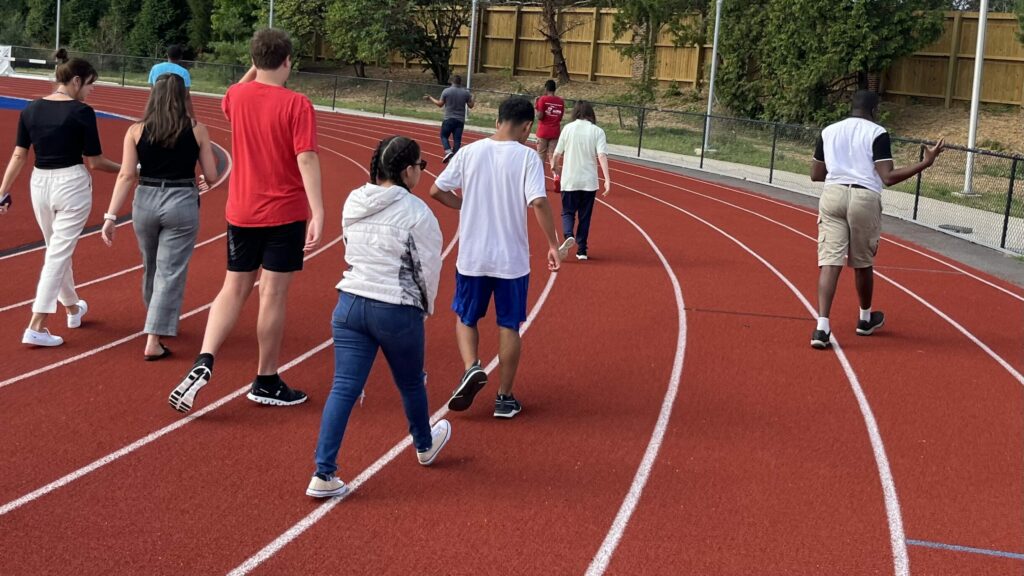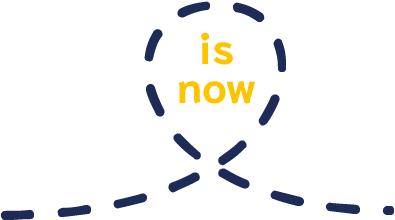I’m really excited to fill you in on how our one-of-a-kind Outside the Classroom programs are going. From Alexandria City’s public elementary schools to high schools, the benefits of our 10 new and 10 returning programs are all-important to the well-being and social-emotional health of our students and key to their academic growth. Oh, and did I mention they’re fun?!
Starting with Chance For Change, a campus of Alexandria City High School, some students, normally with restricted access and no PE, now have the benefit of getting outside a couple of times a week during the school day for fresh air and exercise, to refresh and reset. And it’s a really big deal to them—and to us.
The young adults are members of the Move2Learn Walking Club, the first of our Outside the Classroom at CFC. The walks are part of their social, emotional and academic learning time that focuses on the body-mind connection and teaches them how to recognize and manage stress, anxiety and other strong emotions using movement. Understanding that body-mind connection helps them overcome feelings that get in their way of learning.


That’s the science of movement. And that’s the reason for all of our programming and why we’re committed to make it happen and keep it going for our students.
One way we do that is to make sure everyone has what they need to participate: Equipment like yoga mats, lacrosse sticks, boxercise gloves, jump ropes and fitness trackers as well as essentials like shoes, socks, sports hijabs and even sports bras—you name it, we provide it.
What makes us stand out from other programs?
-
- Our programs are led by teachers and counselors who have key relationships with students and know and understand their complex needs. These trusted connections support students’ sense of belonging and get kids eager to get to school on time and to stay there.
- They take place right at their schools, mostly the middle and high schools, removing the barrier of transportation.
- Teachers choose the activity based on student interest. Some of the most popular programs include run/walk, yoga, dance and overall movement.
Our largest purchase so far has been athletic shoes—upward of 250 pairs—that we bought and delivered to students participating in nine of our programs. But first we had to measure all those feet—that was a lot of measuring.😊
All of this is absolutely FREE to students who otherwise wouldn’t be able to participate.
We’re excited about our unique programming and its growth and impact to help our students learn their best. If you’d like to learn more, feel free to reach out!





